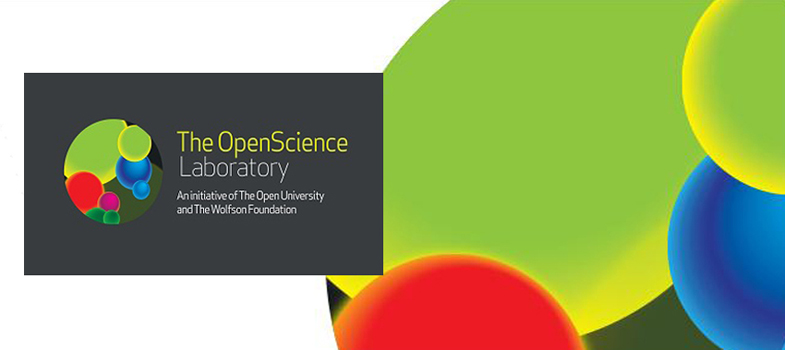4 From RNA to protein: translation
The base sequence of an RNA molecule, which is copied from the DNA, is converted into the amino acid sequence of a protein chain. In doing so, the cell must translate the four-character language of RNA (the four bases, A, C, G and U) into the corresponding 20-character language of a protein (the 20 naturally occurring amino acids). The code in mRNA consists of consecutive three-base sequences, or triplets. Each triplet is called a codon. Each codon codes for a particular amino acid.
Let’s explore this with a particular example. Suppose that a sequence of bases in a tiny section of an mRNA molecule is
…AUGCCUGCUGUUGGAAAG…
This message forms a series of three-letter ‘words’, or codons. In this example they would be
–AUG–CCU–GCU–GUU–GGA–AAG–
Each of these six codons codes for a different amino acid. For example, the RNA codon AUG codes for the amino acid methionine (abbreviated to Met) and CCU codes for the amino acid proline (Pro). The sequence of codons within a molecule of RNA enables the sequence of amino acids in the protein to be determined, as shown in Figure 3.
3 From DNA to RNA: transcription

